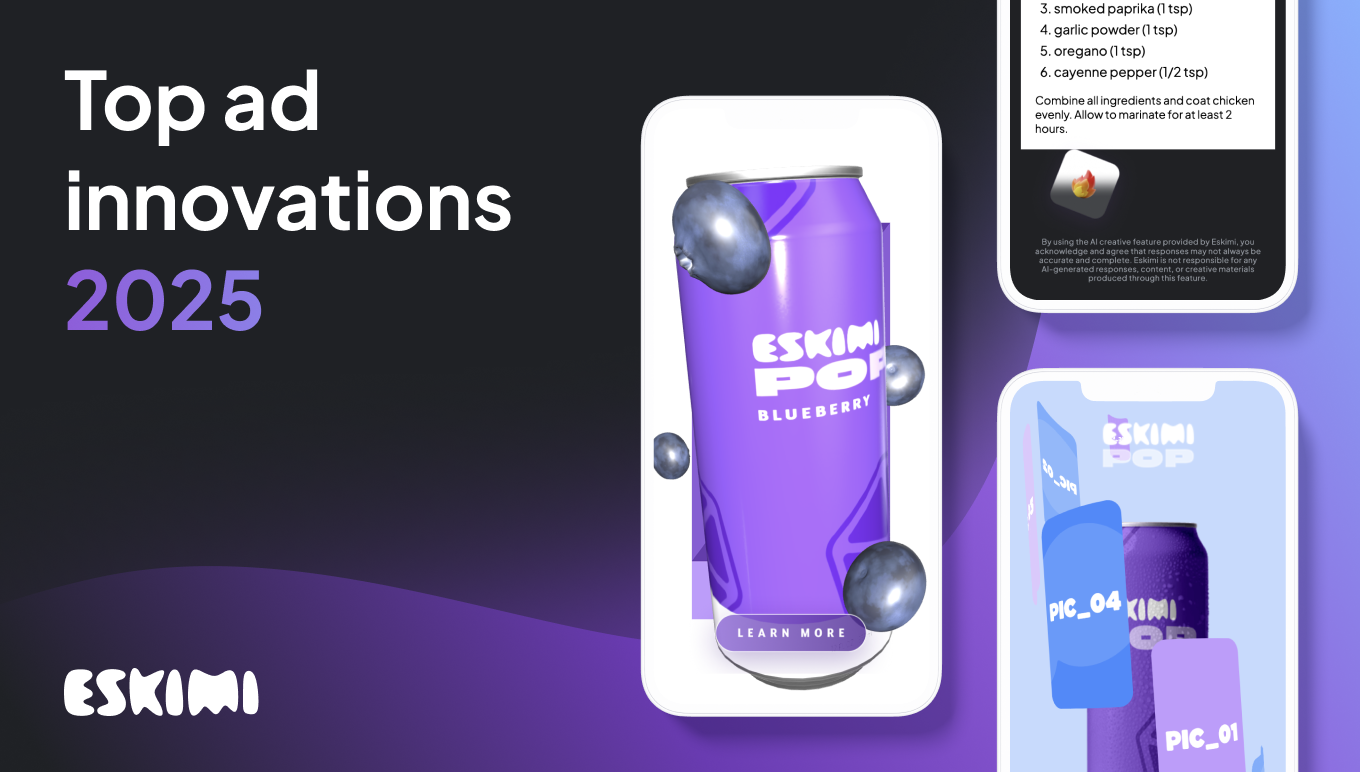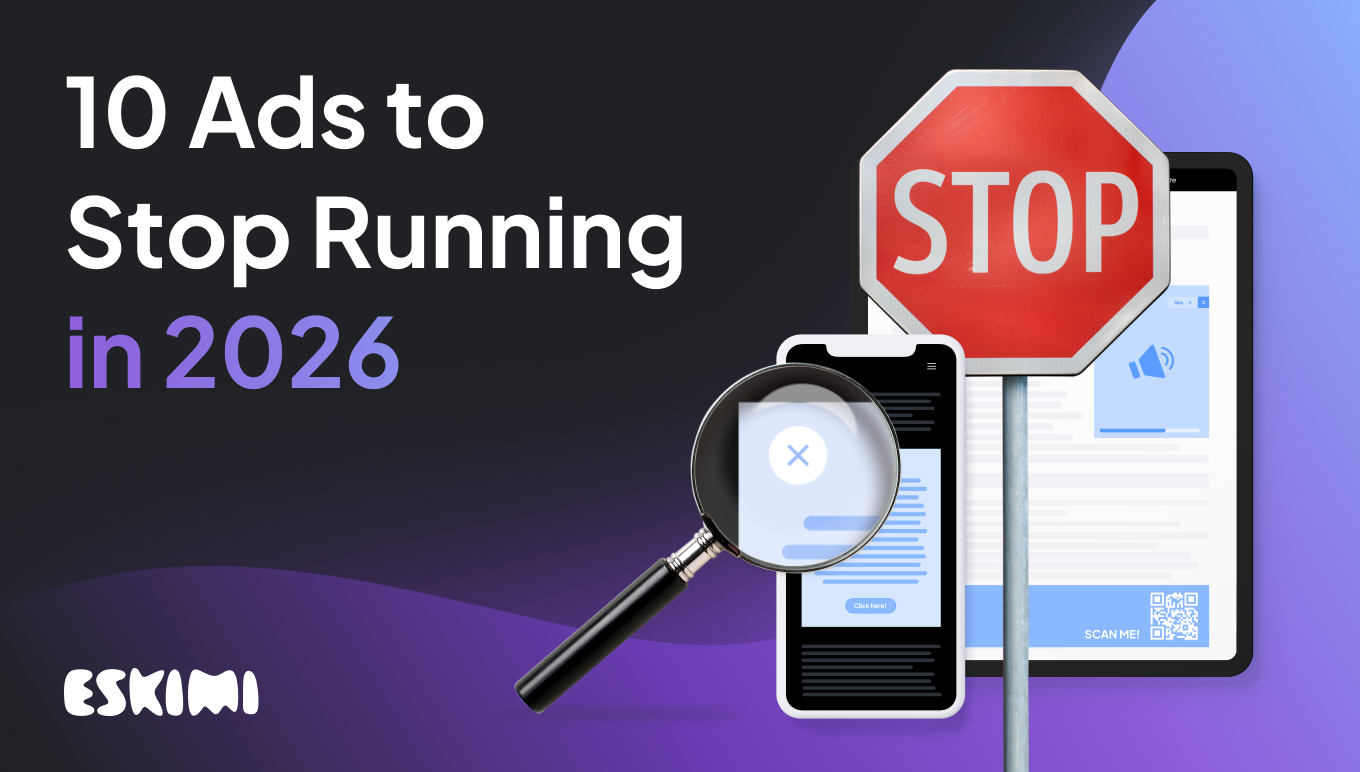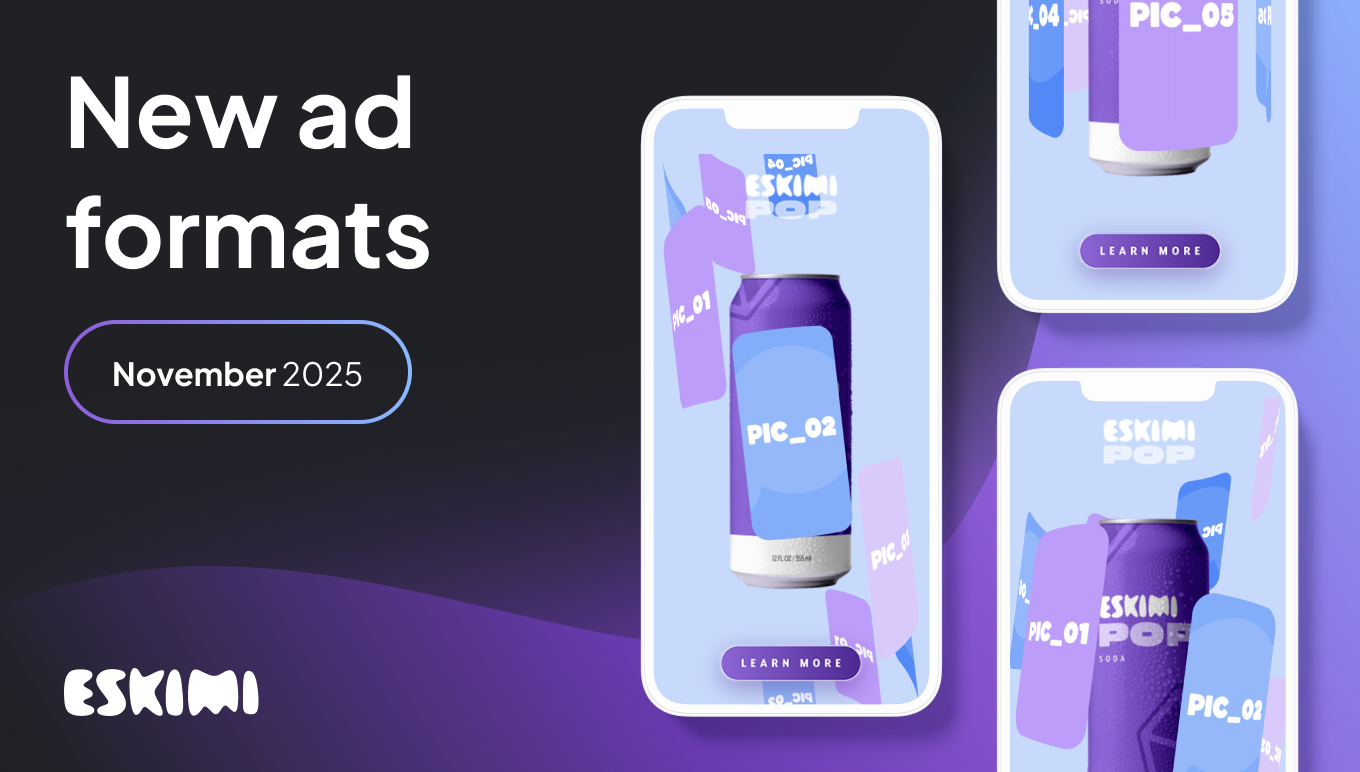Walled garden internet: What it means for online advertising

In the early days of the internet, the web felt like an open frontier — a place where brands could reach users across a wide range of sites, platforms, and devices. Fast forward to today, and much of that openness is being fenced off.
Now, a handful of big technology companies like Google, Meta, Amazon, and TikTok dominate the digital landscape. They each operate their own walled garden — a tightly controlled space where they can dictate who gets access to user data, inventory, and insights.
For advertisers, this shift comes with both opportunities and challenges. In this blog, we unpack what walled gardens are, why they matter, and how they’re reshaping the rules of online advertising.
What is a walled garden?
The term walled garden means closed a digital space where one company calls all the shots. Think of it like a private club online; the club owner decides who gets in, what you can do there, and what content you see.
The term was coined by John Malone, the CEO of Tele-Communications Inc. Originally, it described network environments where the provider owned and managed both the hardware and software, restricting users to only the content and services approved within that system.
A classic early example is the Bell System (AT&T now). They had tight control over all their phone equipment and network. You couldn't just plug in your own phone. You had to use theirs.
Today, online "walled gardens" work pretty much the same way. Big tech companies build and manage these spaces, limiting what content and data you can access. Typically, in these closed ecosystems, users stay within the platform to perform various digital activities like interacting with other users, consuming content, shopping, and similar, creating a pool of data that the walled garden companies can use to target ads.
If you want to advertise on one of these platforms, the publisher will handle and control the entire ad process themselves. That means the app, all user data, and the ads that get shown within their system.
Advertising walled garden examples
From the definition, you can probably guess what “big tech companies” we refer to when discussing advertising walled gardens.
The best examples are brands like Alphabet (the parent company of Google), Meta, Amazon, Linkedin, Pinterest, Snapchat, TikTok, and Spotify. In fact, the total global digital advertising revenue of these companies was estimated at 77% in 2022 (vs. 23% of the open internet) and is projected to grow even further, accounting for 82% in 2026.

If you took a closer look at all these companies, you might notice that they share some common aspects that make them so-called walled gardens, for example:
- Owning the entire advertising process: Previously mentioned platforms create a closed environment for advertisers, building their ad platforms from scratch and on their terms, providing services within their boundaries.
- Data ownership: They primarily use first-party data of their users, including demographic information, behavioral data, interests, purchase data, etc., providing advanced targeting options for advertisers.
- Direct selling: While most publishers in the open internet use ad exchanges and networks to monetize their websites, walled gardens sell ad placements to advertisers directly.
- Control over user experience: Mentioned companies have complete control over how ads are presented to users, including ad placements and the content itself.
- Self-service: Walled gardens typically offer self-service platforms, enabling advertisers to manage their ads and set up campaigns themselves.
- Scale: They also have enormous audiences that make them an attractive option for advertisers seeking broader reach.
This doesn’t mean that only a major tech company can fall under the definition. It can be any platform that “locks an advertiser” inside its environment, leaving them no other choice but to use only internal functionalities.
For example, if an advertiser who’s decided to embrace programmatic advertising and run programmatic ads has no choice but to use:
- Advertising platform’s demand-side platform (DSP)
- Rely on their data management platform (DMP)
- Use their dynamic creative optimization (DCO), etc.
We can still call such a platform a walled garden, as the ad technology provider has significant control over the platforms, processes, data, etc.

Building a walled garden: benefits and drawbacks
The idea to build walled gardens didn’t just come out of nowhere or some companies’ desire to prevent their clients from using The idea to build walled gardens didn’t just come out of nowhere. Essentially, walled gardens were born because of challenges leveraging user data.
With the walls up and elimination of third-party data, it has become easier for tech giants to ensure compliance with GDPR and similar regulations. As a result, some of the tech giants now take advantage of this strategy which, in many cases, made them the only option for their clients.
Like all things in life (and advertising), walled gardens have their advantages and disadvantages, so let’s quickly go through some of them to get a better overall image of this controlled advertising ecosystem.
Benefits of walled gardens
- One-stop-shop. Although the level of control may appear odd, walled gardens can benefit advertisers. They don’t need to maneuver between platforms and channels to fulfill their advertising needs.
- Highly targeted campaigns. Walled gardens are swimming in constantly updated, valuable first-party data. This gives advertisers sophisticated targeting options across different devices.
- User security. Walled gardens don’t allow their collected data outside their own digital ecosystems and are strict about sharing more sensitive data with advertisers. In many cases, user consent might be required to give advertisers access to some tracking options.
- Better experience for customers. User data allows for creating more personalized and tailored ad content, increasing relevance and meeting particular audiences’ needs.
Drawbacks of walled gardens
Even though the benefits above sound pretty good, there are some disadvantages that anyone needs to know before choosing walled gardens as one of their advertising options (or even the only one).
- Lack of transparency. Although the data staying within walled gardens can be considered an advantage, this also means that advertisers are not entirely in control of their campaign measuring. Since walled gardens need to protect the privacy of users’ data, advertisers often get just aggregated metrics of how their ads perform.
- Hard to advertise cross-platform. Running ads across different platforms is complicated since each walled garden forces advertisers to create a new account within its borders.
- Limited control over data and ad placements. This can be a result of a closed ecosystem built and operating on the platform’s terms.
- Limited reach. Although walled gardens have a lot of users, the audience is limited to the platform's boundaries.
- Dependence on the platform. Walled gardens can make it difficult for users to switch to other platforms. This reduces choices and competition, which is harmful to innovation and creativity.
How limitations within walled gardens can impact digital advertising
The choice of the advertising platform and, in this case, the overall ecosystem highly depends on your advertising goals. For some brands, advertising within, for instance, Meta’s boundaries might be enough, while others might find it challenging to tap into their target audience.
Since you can only reach users within walled gardens, it can make it harder to achieve your goals, such as increasing brand awareness or generating leads.
Similarly, a lack of transparency in reporting can make it challenging to optimize your campaigns, measure success, and make the right decisions in the future.
Another important thing is a narrow variety of ad formats that may or may not align with your advertising goals. This can not only limit the creativity of advertisers but also lower engagement rates and the chances of grabbing ideal customers’ attention.
Overall, mentioned limitations can make a negative impact on the effectiveness of your advertising strategy. Therefore, it’s essential to consider alternative platforms and channels that can at least be used in conjunction and help diversify your advertising efforts.
Walled garden internet vs. open internet: side-by-side comparison
Now that we’ve covered the nature of walled gardens, it’s time to see what’s on the other side of the boxing ring.
In walled gardens, users' access is typically controlled through apps, giving platform owners significant control over content and data, while the open internet allows more open and direct access. It’s a more decentralized and democratic ecosystem where everyone can access and publish content without facing such a challenging environment.
Some examples of independent players in advertising are DSPs, SSPs, data management platforms, ad networks and ad exchanges that allow wider access to multiple channels, more creative opportunities, or better support.
"Publishers and advertisers, although enjoying the quality of products delivered by the walled garden companies, are increasingly looking for alternatives. One of the reasons for this is a technical strategy and dependency reduction; another and very important one – often, smaller companies outside walled gardens are much better at servicing," said Vytautas Paukštys, CEO at Eskimi.
Let’s put walled gardens vs. open web side-by-side to better understand the difference.

The future of online advertising in walled gardens
The future of online advertising in walled gardens will be shaped by the growing importance of first-party data and the decline of third-party cookies. As users become more aware of data privacy issues, walled gardens will need to offer more transparent and secure advertising solutions to maintain trust and compliance.
Dynamic creative optimization (DCO) and demand-side platforms (DSPs) are set to play an even bigger role within these closed ecosystems. By leveraging first-party data from logged-in users, advertisers can deliver highly personalized ads across multiple platforms and devices, driving better results and maximizing digital ad spend.
However, the dominance of tech giants like Google, Facebook, and Apple means that walled gardens may increasingly restrict access to other platforms and services, creating new challenges for advertisers and publishers.
This closed environment can make it harder for brands to reach audiences outside the garden, pushing companies to either create their own walled gardens or form partnerships with existing ones to stay competitive.
Despite these challenges, the open internet will continue to offer opportunities for online advertising, providing a counterbalance to the control exerted by walled gardens. Still, walled gardens are expected to remain a significant force in the industry, shaping the future of digital advertising and influencing how companies, advertisers, and users interact in the evolving online ecosystem.
Wrap up
Regardless of the platform you choose for advertising, the key is to always keep an eye on emerging trends and tools that let you stay ahead of the curve and create more effective advertising campaigns.
Although posing several challenges, walled gardens can offer significant advantages for advertisers that can find the right balance between leveraging their strengths and mitigating their limitations.
For others, diving into the waters of the open internet can be just the right decision for achieving their goals.
If you need help deciding, contact the Eskimi team or book a demo.
Level Up Your Advertising with Eskimi
- Reach 96% of Open Web
- 2,500+ Targeting Options
- 100% Managed or Self-Service
- In-House Creative Studio Team
- Display, Video, In-Game & CTV
- #1 Rated DSP on G2





